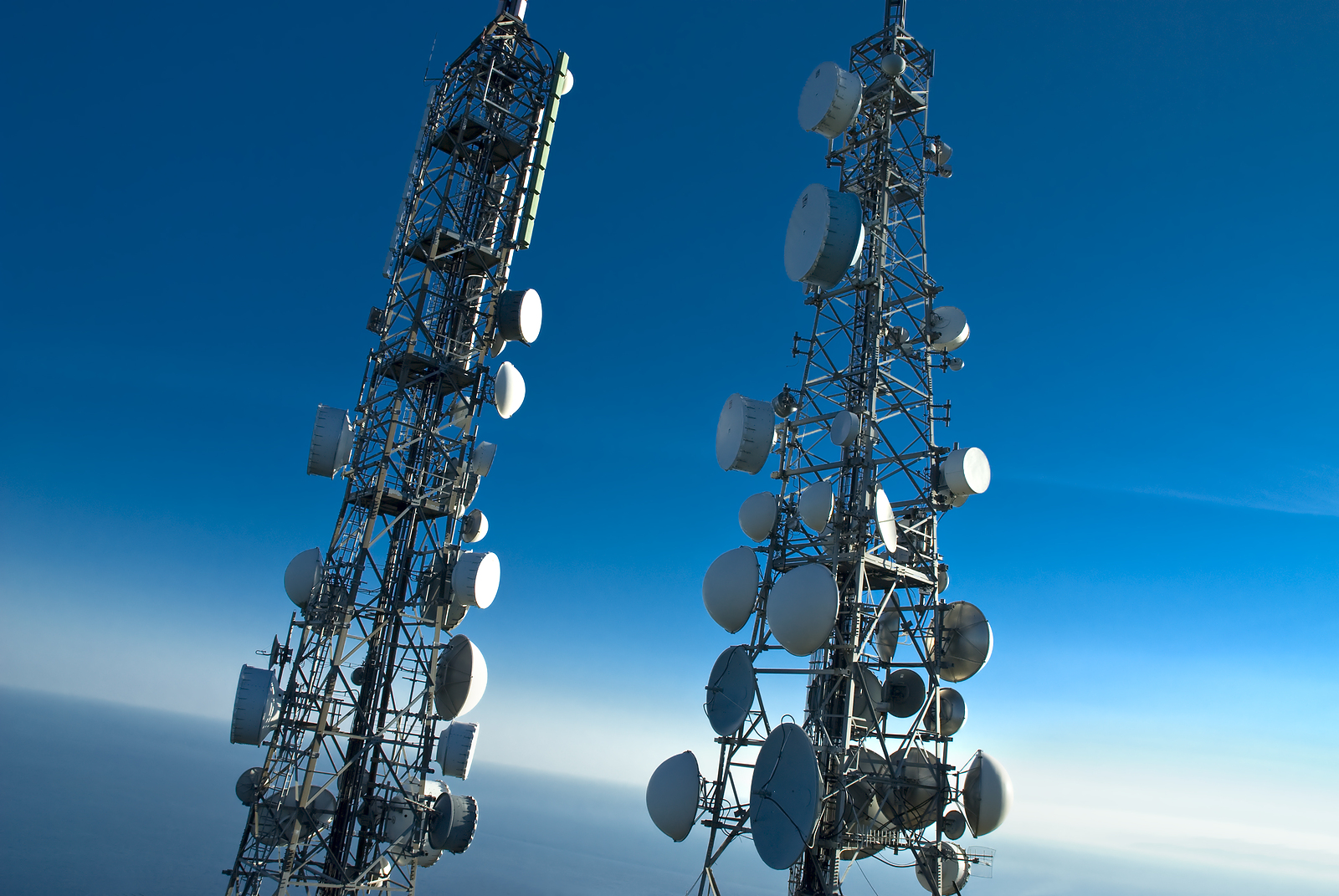ITU’s latest global analysis of prices for mobile-voice, mobile-data and fixed-broadband services suggests that affordability is not the only barrier to Internet uptake.
On average, prices for mobile-voice, mobile-data and fixed-broadband services are decreasing steadily around the world, and in some countries even dramatically. The reduction in price relative to income is even more dramatic, suggesting that, globally, telecommunication and information and communication technology services are becoming more affordable.
However, both trends do not translate into rapidly increasing Internet penetration rates which suggests that there are other barriers to Internet use, concludes ITU in its new statistical report, Measuring Digital Development: ICT Price Trends 2019.
“Keeping telecommunication and digital services as affordable as possible has always been important to ensure broader Internet uptake, especially for lower-income households and consumers,” said Houlin Zhao, ITU Secretary-General. “In the face of COVID-19, this is more vital than ever. People who do not have access to the Internet may not be able to access information about how to protect themselves from coronavirus, telework, learn remotely and connect with families and friends during quarantine.”
The latest statistics from ITU confirm that affordability may not be the only barrier to Internet uptake, and that other factors such as low level of education, lack of relevant content, lack of content in local languages, lack of digital skills, and a low-quality Internet connection may also prevent effective use.
“The COVID-19 crisis has clearly shown us that nobody is safe until we are all safe. By the same token, we will not be able to use the full potential of digital technologies until we are all connected,” said Doreen Bogdan-Martin, Director, ITU Telecommunication Development Bureau. “To connect all, we need to address all factors that may prevent meaningful connectivity.”
Key results
- An entry-level mobile-voice basket remains broadly affordable in most countries. In 70 countries, a low-usage mobile-voice plan was available for less than 1 per cent of gross national income (GNI) per capita, and in a further 37 countries it stood below 2 per cent. Although causality is difficult to prove, price reductions have undoubtedly helped contribute to the rapid rise in the mobile-voice penetration rate, alongside growing competition and better price monitoring and evaluation by regulators.
- The expansion of bundled services has further reduced prices, as combined data-and-voice baskets are generally less expensive than the sum of the two separate baskets in most markets.
- Prices have decreased from 2013 to 2019 relative to GNI per capita The global average price of a mobile-data basket of 1.5 GB shrank from 8.4 per cent of GNI per capita in 2013 to 3.2 per cent in 2019, at a compound annual growth rate of almost -15 per cent. When expressed in USD, the global average price of a mobile-data basket of at least 1.5 GB dropped by 7 per cent on average annually between 2013 and 2019.
- Good progress has been made towards the Broadband Commission for Sustainable Development’s target of achieving affordable broadband costing 2-5 per cent of GNI per capita by 2025, but still more remains to be done. There are still nine developing countries and 31 LDCs that have yet to reach the 2 per cent target by 2025.
- Fixed-broadband packages remain generally more expensive than mobile-data packages (although data allowances are not always directly comparable). Over the past four years, the affordability of fixed broadband has not changed substantially, but advertised download speeds continue to increase.





























